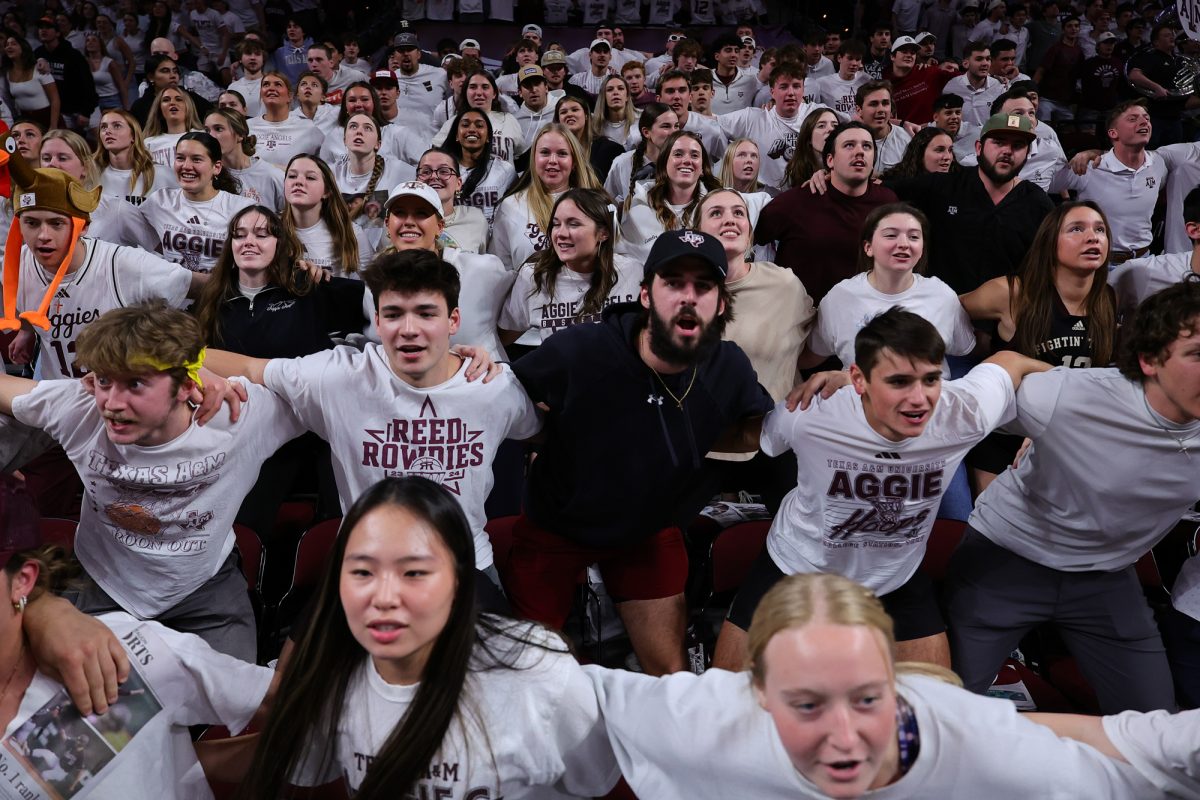It is a time of change in the world of college sports. The NCAA has announced potential changes that may allow student-athletes to be compensated for their name, image and likeness in a few short years. The proposed decision to allow athletes to profit from their likeness is a significant change from the previous rules, which had forbidden all NCAA athletes from making money off their name or likeness. However, with these potential substantial changes to college sports, some former players, current athletes and reporters think this pending rule does not go far enough and that the schools themselves should be paying the players directly. This perspective is admirable, but when examining the backstory, further proposals and effects on college sports, we see that it does not hold up to scrutiny.
First, it is important to look into the backstory of NCAA athletics and why it took so long to consider the prospective changes we have today. College athletes have spent decades dealing with the NCAA and its unwillingness to change the rules to be more player-friendly. However, this has mainly hurt the stars of major sports like football and basketball. If you are playing a smaller, less popular sport, you might be more content with the ability to continue playing the sport you love. The fact that only the big stars have had to deal with the problem of profiting off of their image has slowed down the pace of change within the NCAA. Furthermore, those who play dominant sports like football or basketball are unlikely to bring in much money from their likeness unless they have name recognition.
As you can see, it is a significant change for the NCAA to allow players to profit from their name. This suggested rule change seems to be viewed positively and has received little blowback from fans and the media. This dynamic brings us to today, where some former players, current athletes and reporters are trying to push for even more player compensation; this time, the payment would come directly from the schools themselves.
There have been many ideas as to how this additional player compensation would work. Some say we should have a free-market approach and let the schools with the most money pay recruits whatever they can muster in an attempt to lure them to play for their school. Others say there should be a set amount that each team must pay each player with little room for variation. The problem with these two ideas, and many others like them, is that it does not consider the various sports that large schools offer. For instance, a school like Texas A&M has an extremely profitable football team. Under these other proposals, it would make sense to pay the players a decent amount of cash for the money they generate for the school. The problem then arises when a much less lucrative sport like bowling wants to get paid an equal amount to the football team even though they bring in significantly less money.
A counter to this is that only sports that bring in cash should be allowed to get paid. The arrangement of only major sports like football and basketball getting paid could work. However, only paying the players of big time sports would fundamentally change the landscape of college sports and make young athletes choose to play more profitable sports in high school so they can make more money in college, tremendously hurting smaller sports like bowling and diving. Not to mention, it would be extremely unfair only to pay athletes that play sports that generate the most revenue.
If the NCAA did implement these supplementary ideas to pay the players, it would change the very fabric of college sports. College game days would no longer be quite the same. Yes, there would still be thousands of fans rooting for their favorite team, and many college sports fans would be just as happy watching the sport where the players got paid. The real change would be behind the scenes, depending on how the NCAA would choose colleges to pay the players. We might see famous athletes demand more money from their current school with the threat of transferring if they do not get what they want. NCAA athletes could also band together every offseason to demand higher compensation until eventually, they were getting paid more than the average American worker.
Some might see these changes as reasonable and necessary, and it is never smart to dismiss claims like these immediately. As with anything, it is wise to examine the issue and look at all the facts. In this particular case, the fact that not many sports programs are large enough to generate that much revenue points to colleges not paying the players at this current time. The conclusion of not paying the players does not mean that the players and NCAA cannot work something out in the future. However, for right now, the smart thing to do is to wait for the new rules where the players can profit from their likeness to take effect, see how that works and then go from there.
Bryce Robinson is a business administration sophomore and opinion writer for The Battalion.









